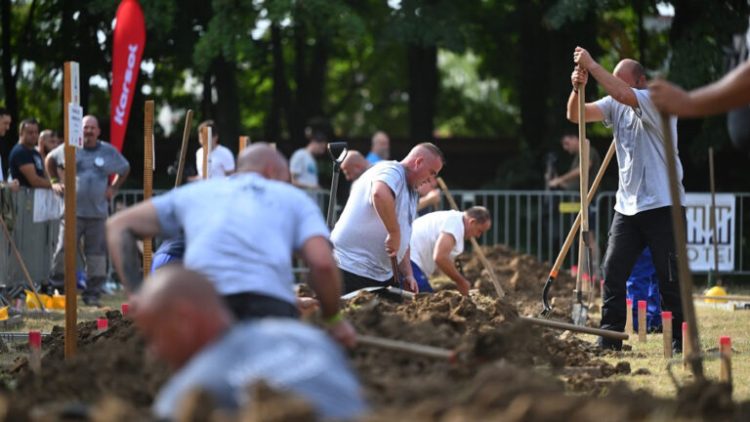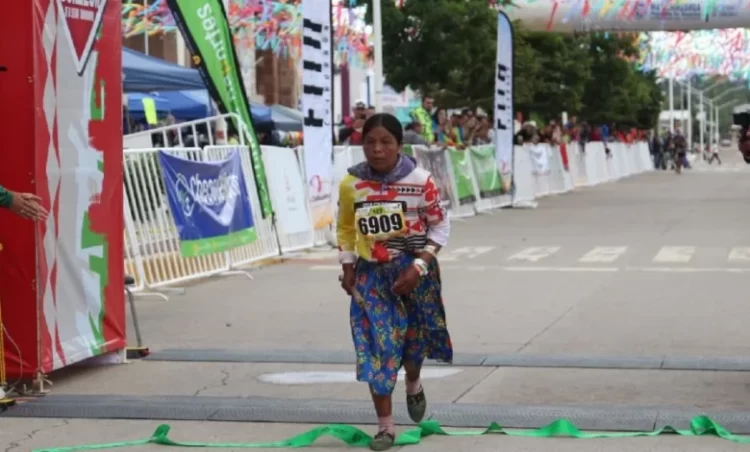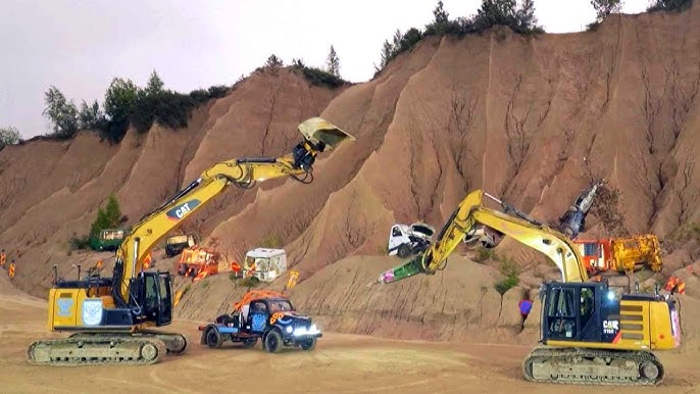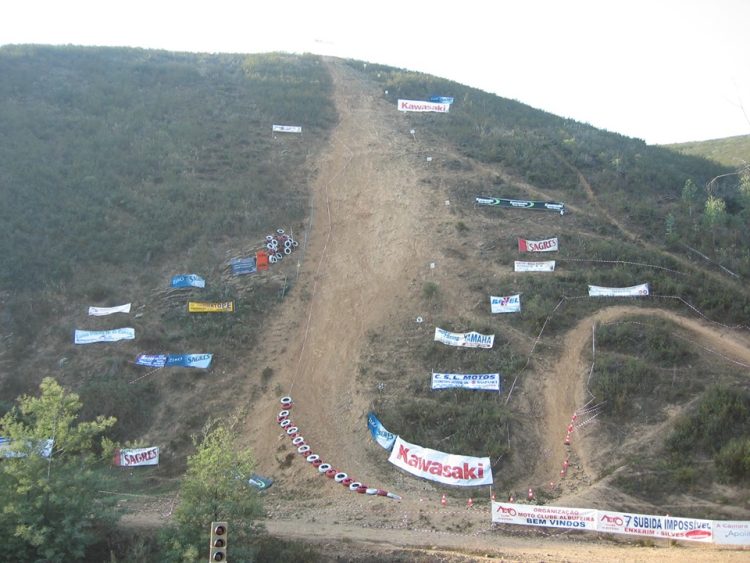Out of all the impressive fireworks celebrations held annually all around Japan, Tezutsu Hanabi is by far the most eye-catching. Experienced masters hold large bamboo tubes filled with black powder in their arms as flames gush out towards the sky. Did I mention they explode at the end?
Tezutsu hand cannons are believed to have originated as a form of long-distance communication smoke devices called Noroshi. With the introduction of smokeless gun powder, these Civil War era tools started being used as fireworks and later as a form of prayer at Yoshida Shrine, in Toyohashi. The Tezutsu Hanabi fireworks display has been carried out for the last 300 years, as part of the Gion Festival, attracting tourists from all over Japan and beyond with columns of flames up to 20 meters-high piercing the night sky. Seeing dozens of men walking around nonchalantly with 80-cm-long, 10-cm-wide bamboo cylinders filled with over three kilograms of ignited black powder is indeed quite the spectacle.
Photo: Gamagori Kanko Kyokai
All the participants in the Tezutsu Hanabi fireworks show are responsible for making their own hand canons. They use 3-year-old bamboo cylinders wrapped tightly in tatami sheets and ropes of woven rice stalks for protection. The bottom of the cannon is sealed with clay and paper, and filled with around three kilograms of black powder. Tezutsu making and handling techniques have been passed down from generation to generation for centuries, but even the most skilled master can get seriously injured if something goes wrong, so participants wear traditional protective clothing, including special thickly woven fireproof cotton quilted jackets which can cost up to 150,000 yen ($1,500). Their heads however remain completely unprotected. Having a small volcano erupting in your hands is dangerous enough, but the riskiest part of the entire Tezutsu Hanabi ritual is when the hand canons explode with a deafening bang, signaling the depletion of the powder and engulfing the handlers in bright sparks.
Photo: Gamagori Kanko Kyokai
Tezutsu Hanabi is held every year, in July, during the Gion Festival, in Toyohashy, Kyoto.
Sources: Japan Tourist, Must Love Japan















